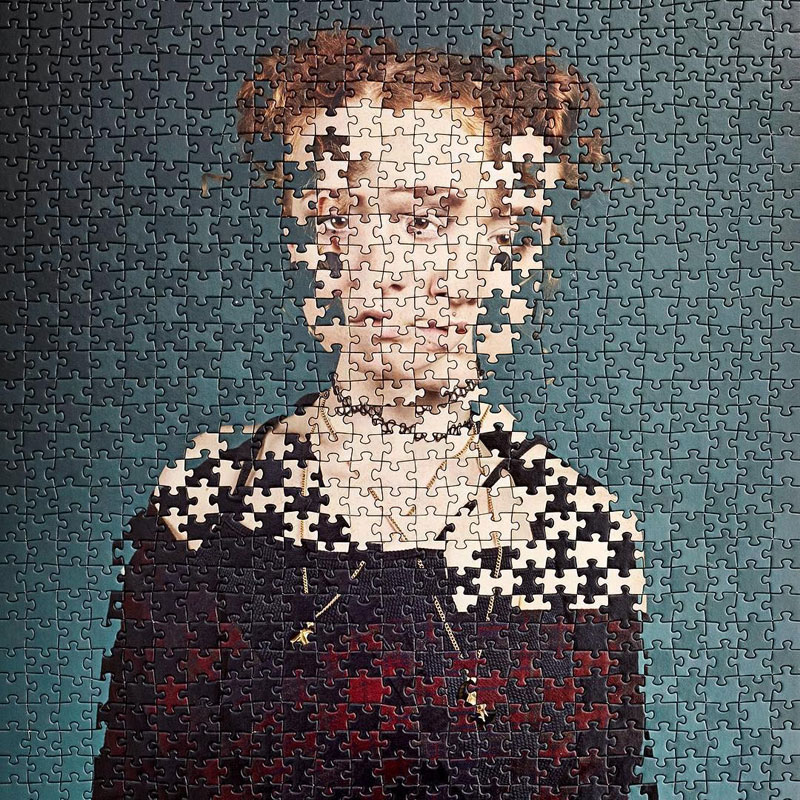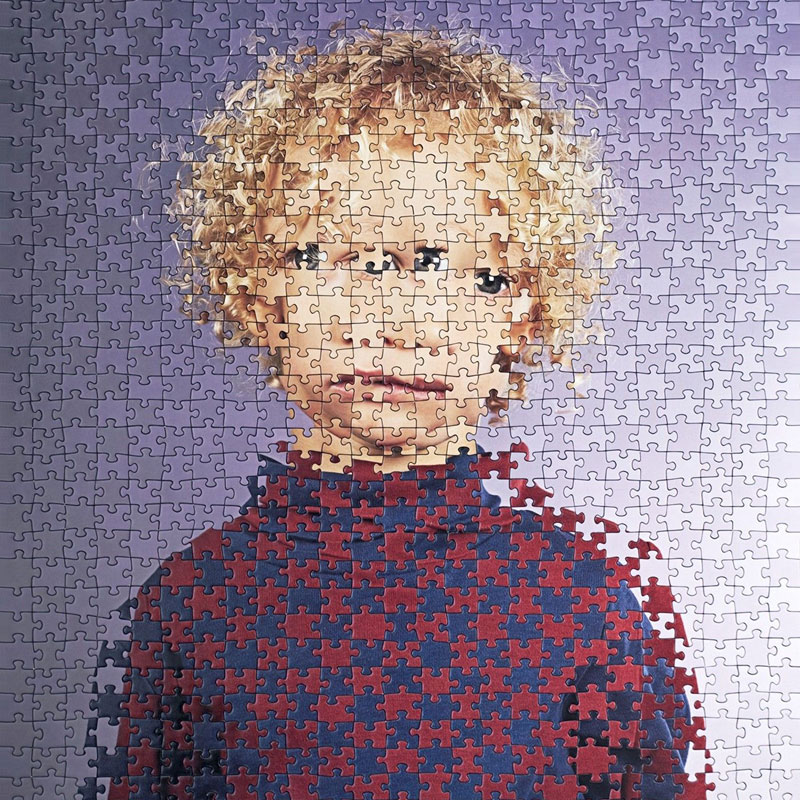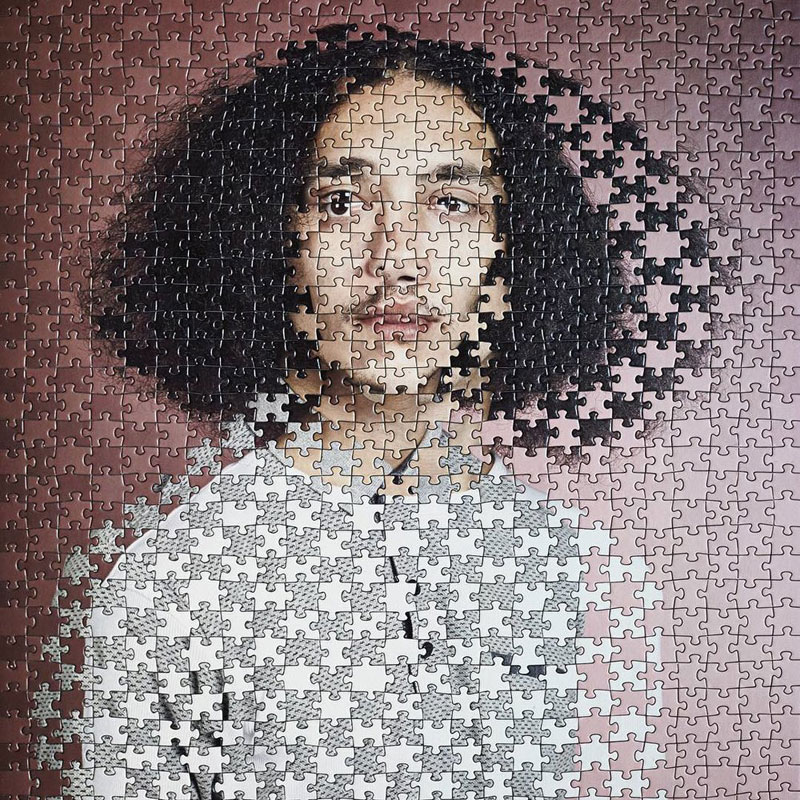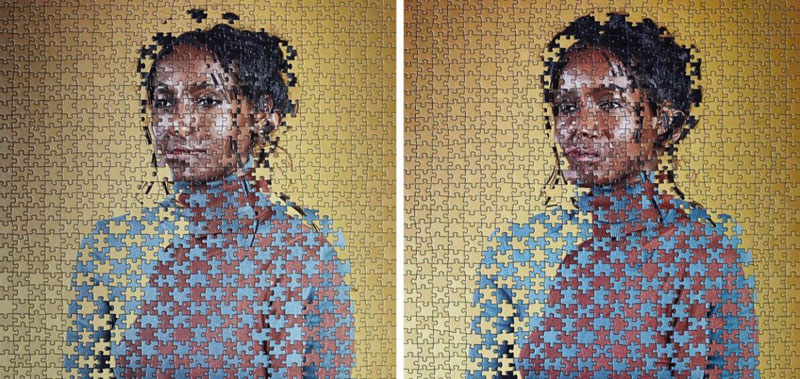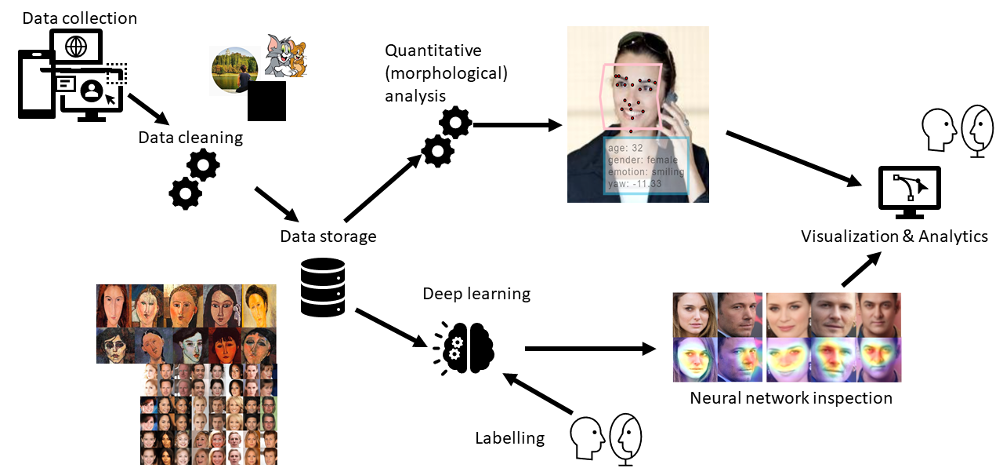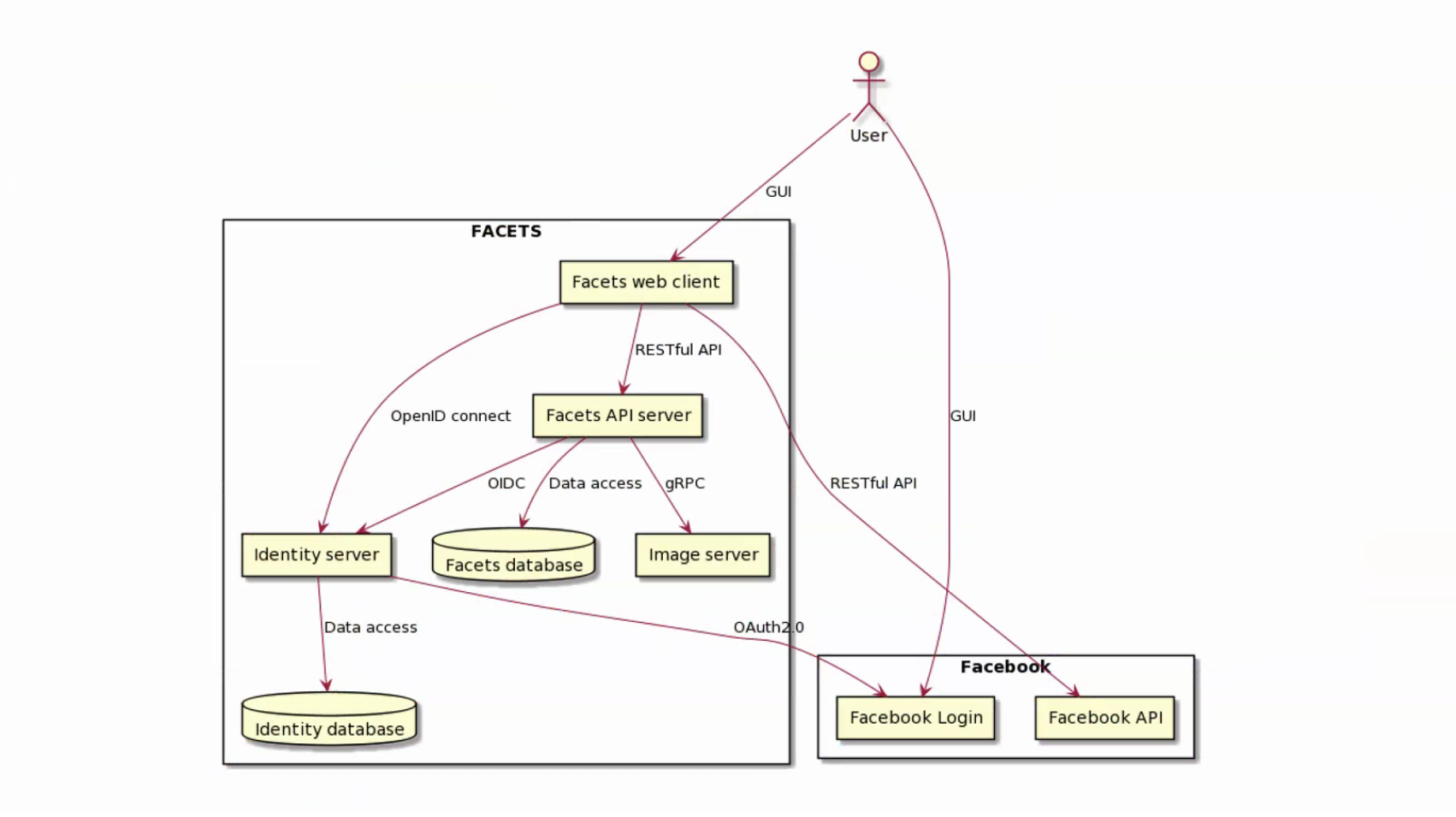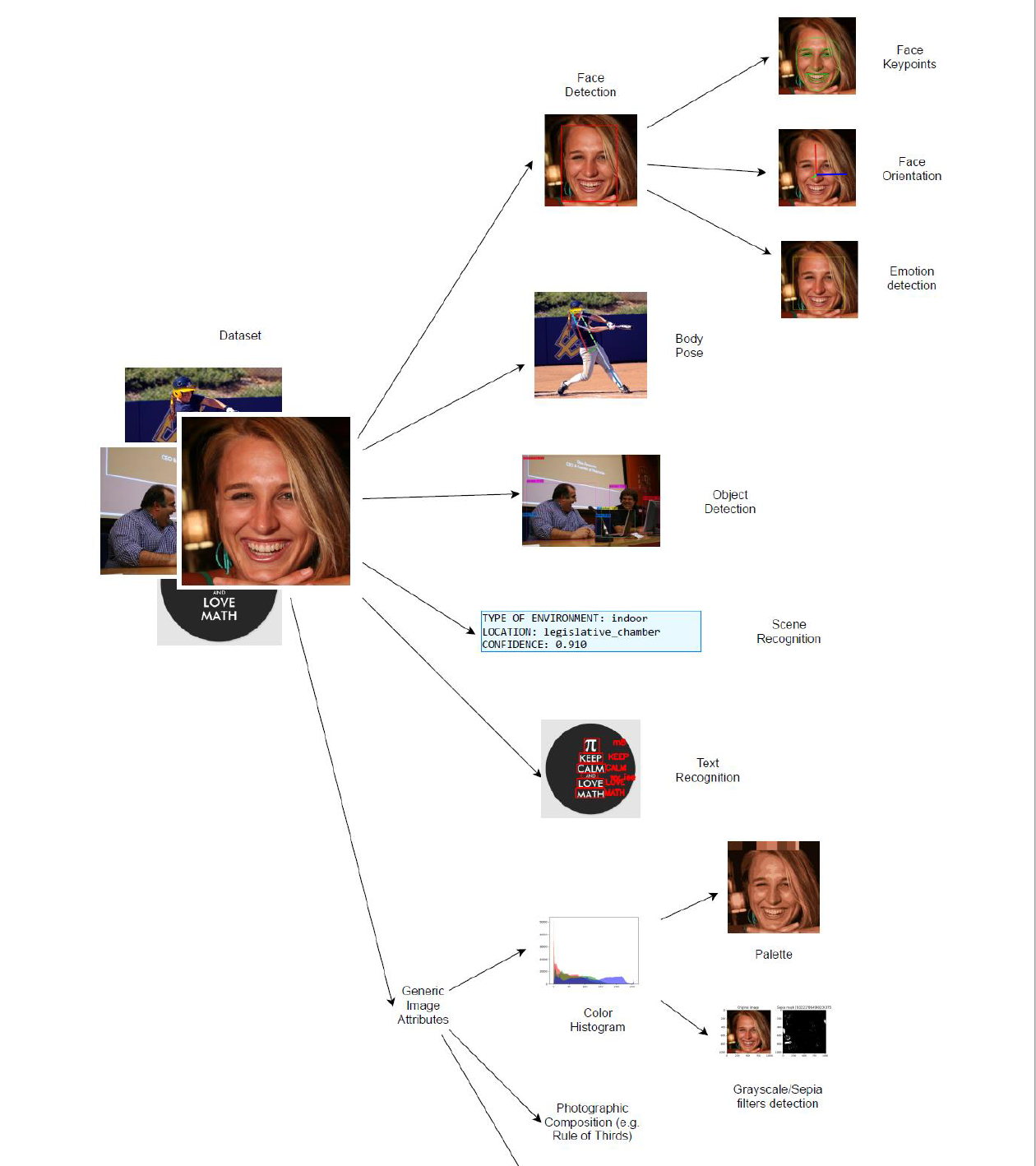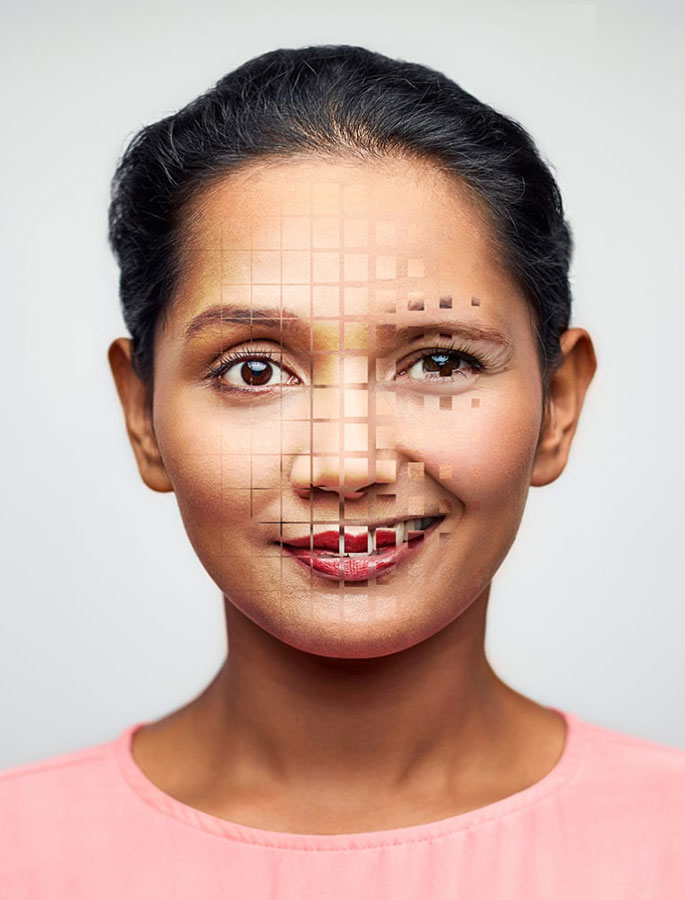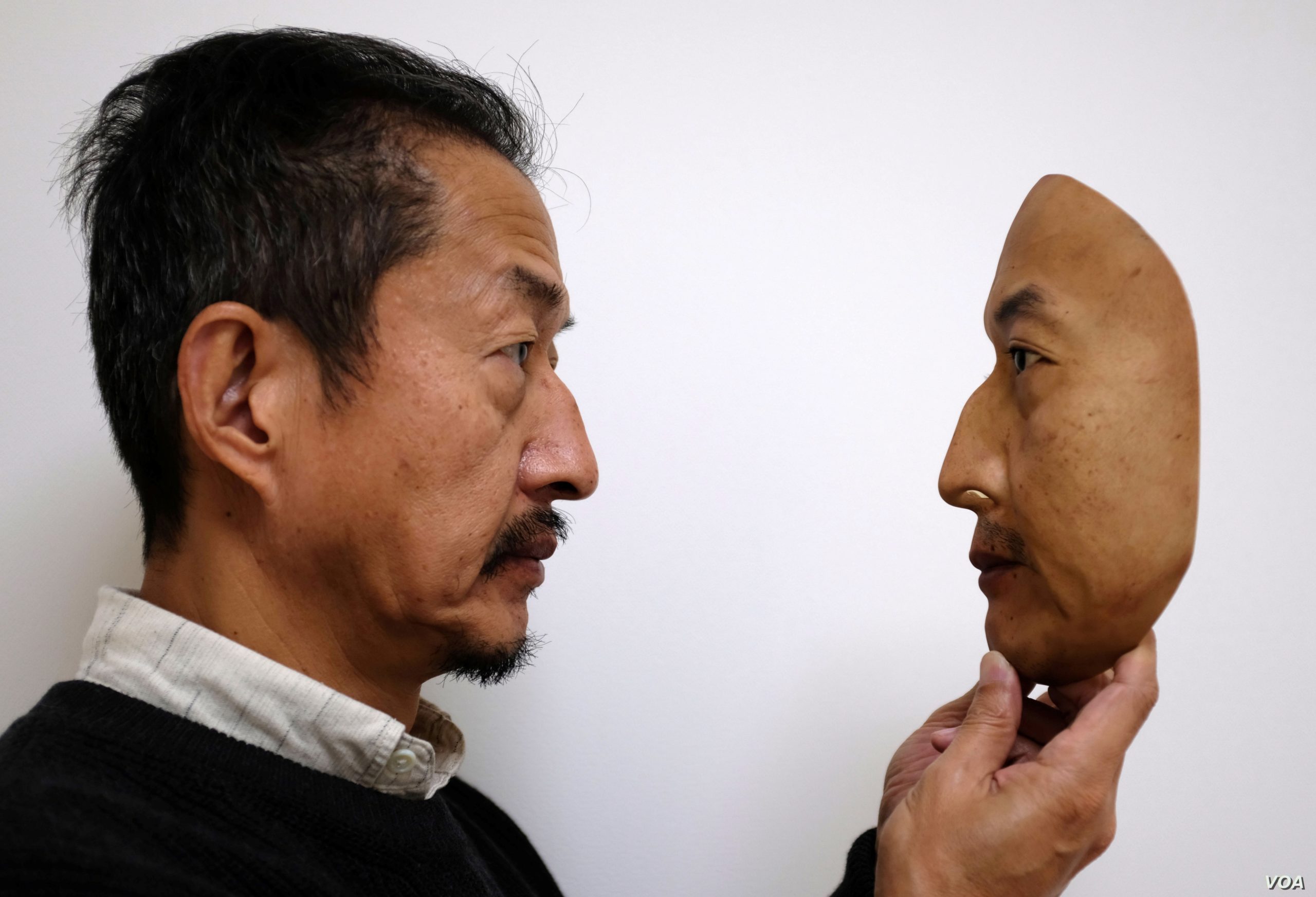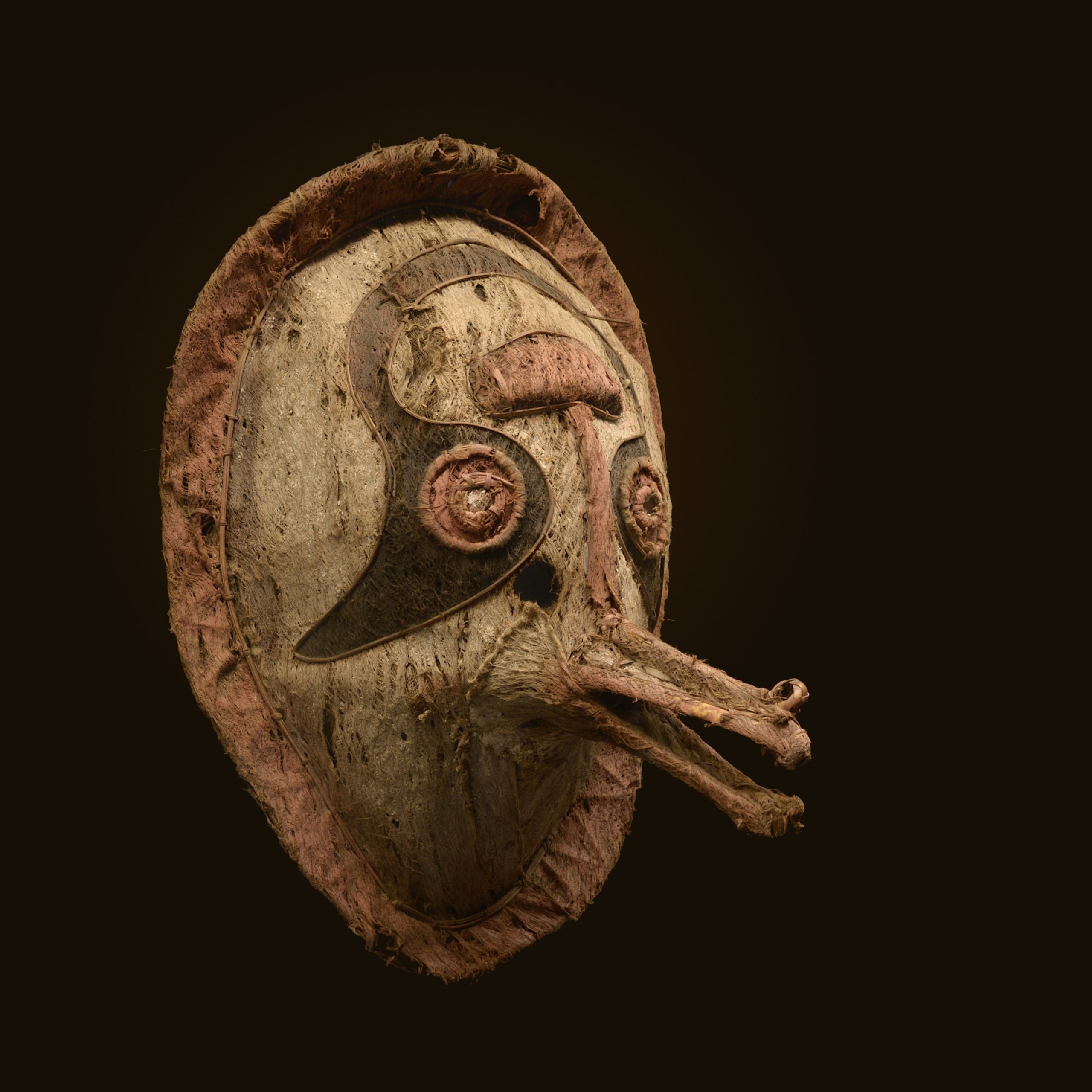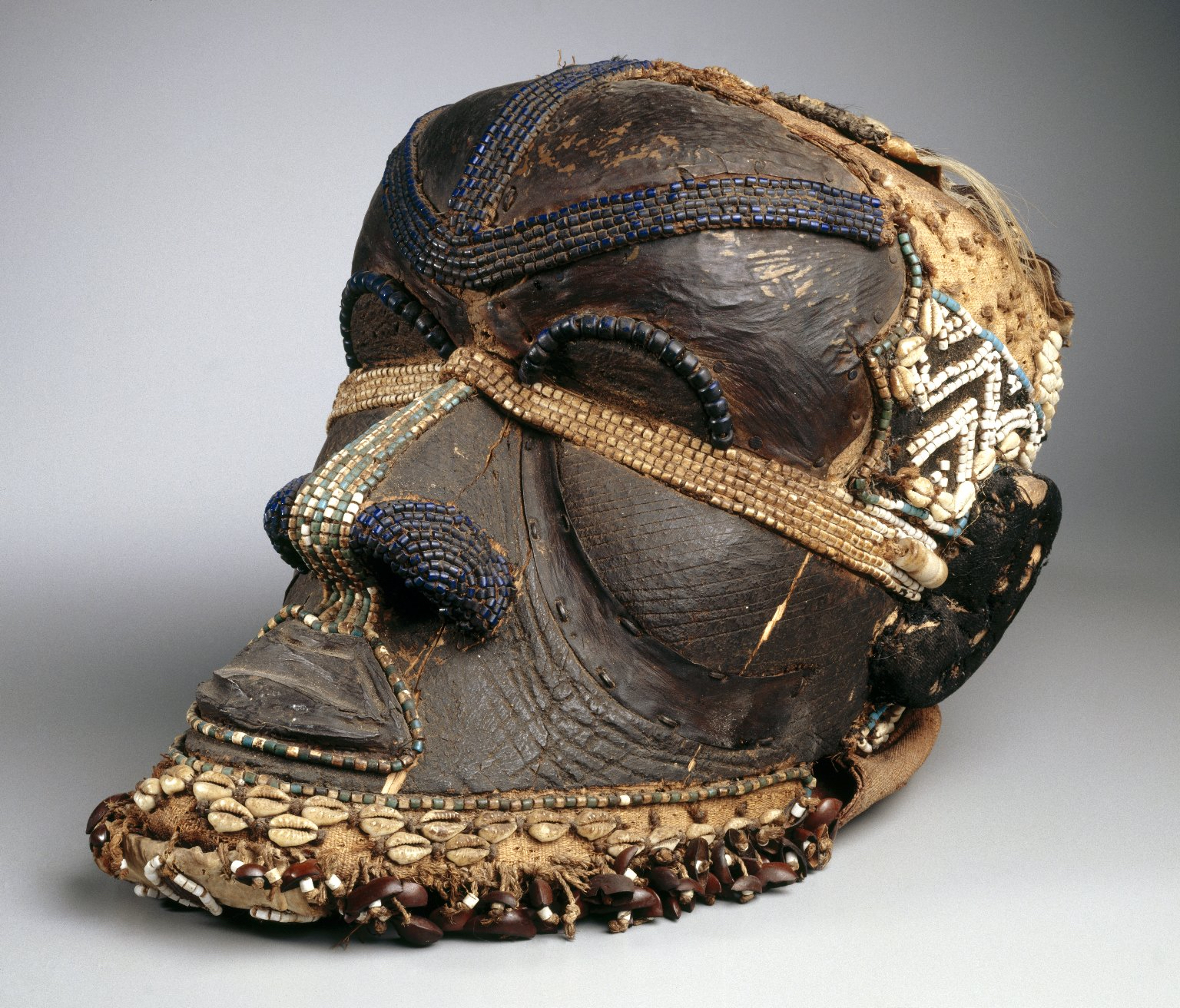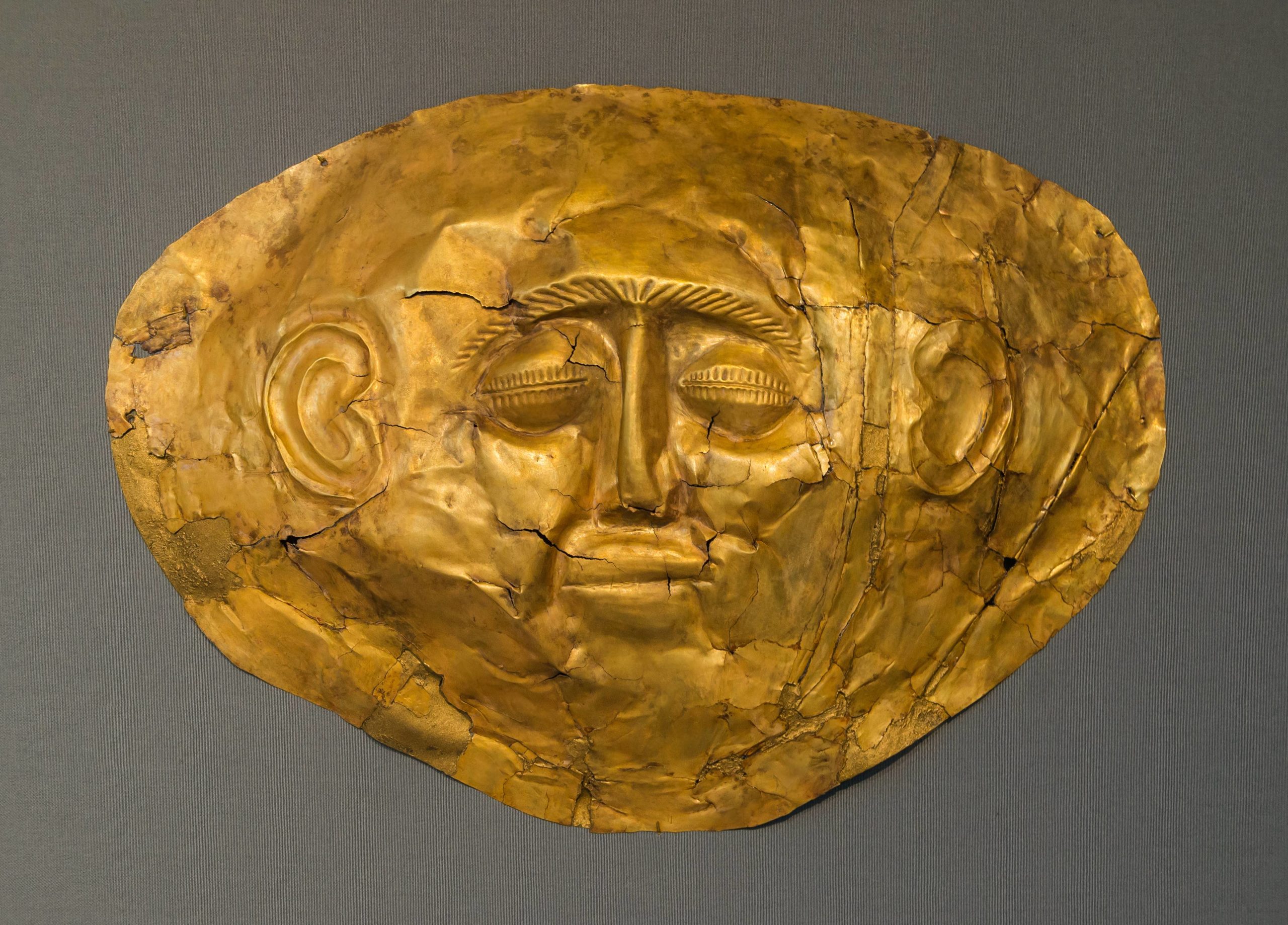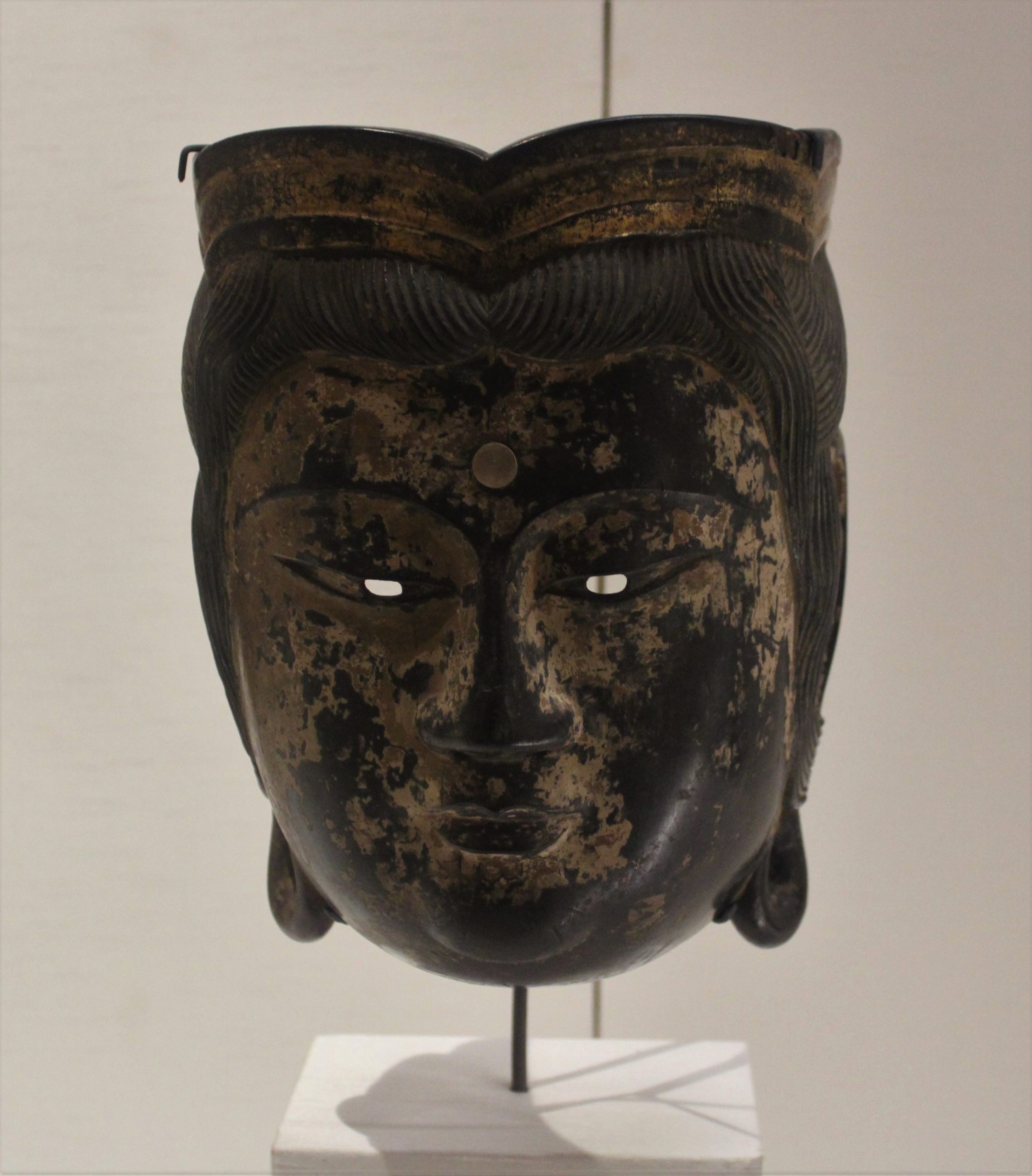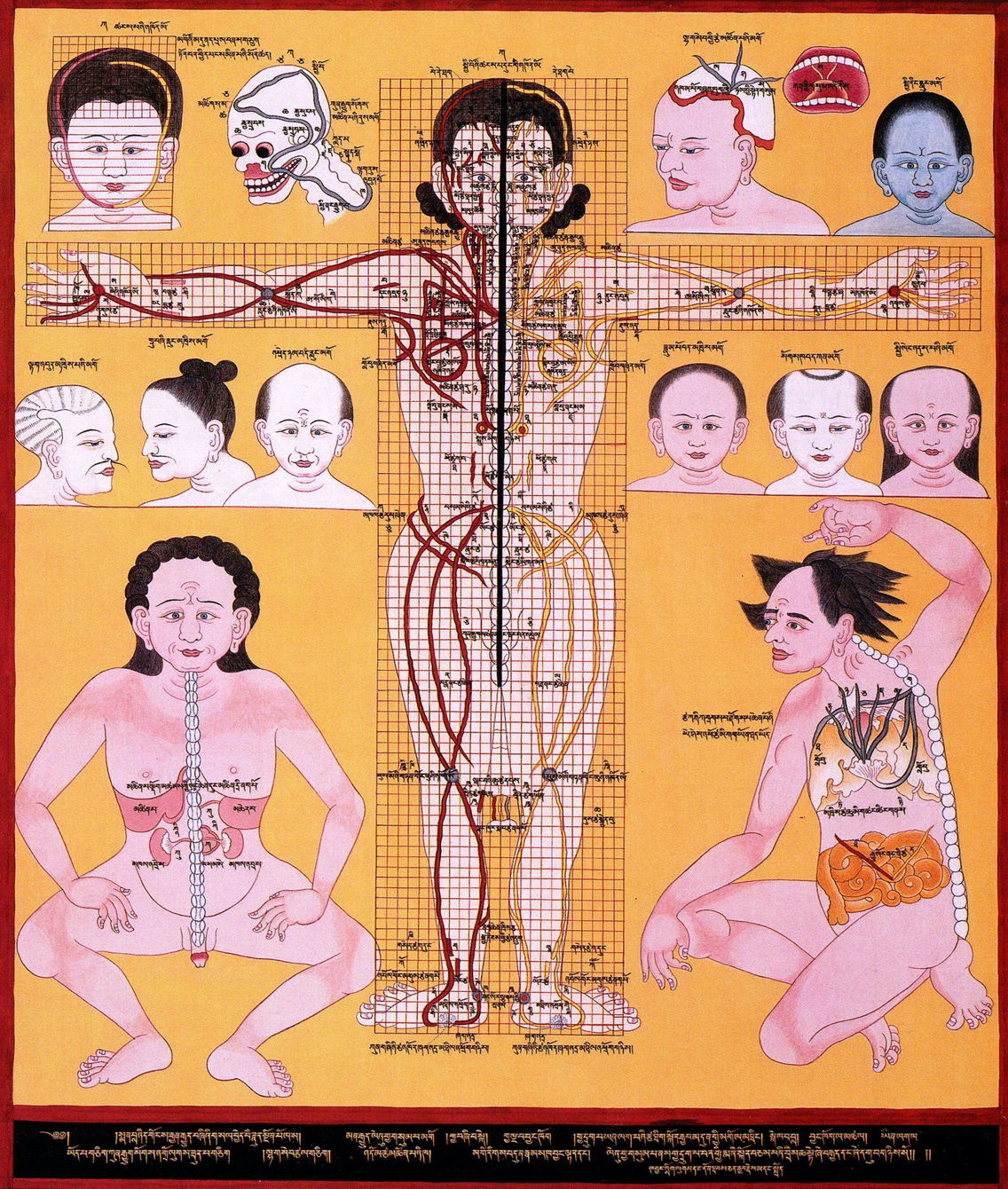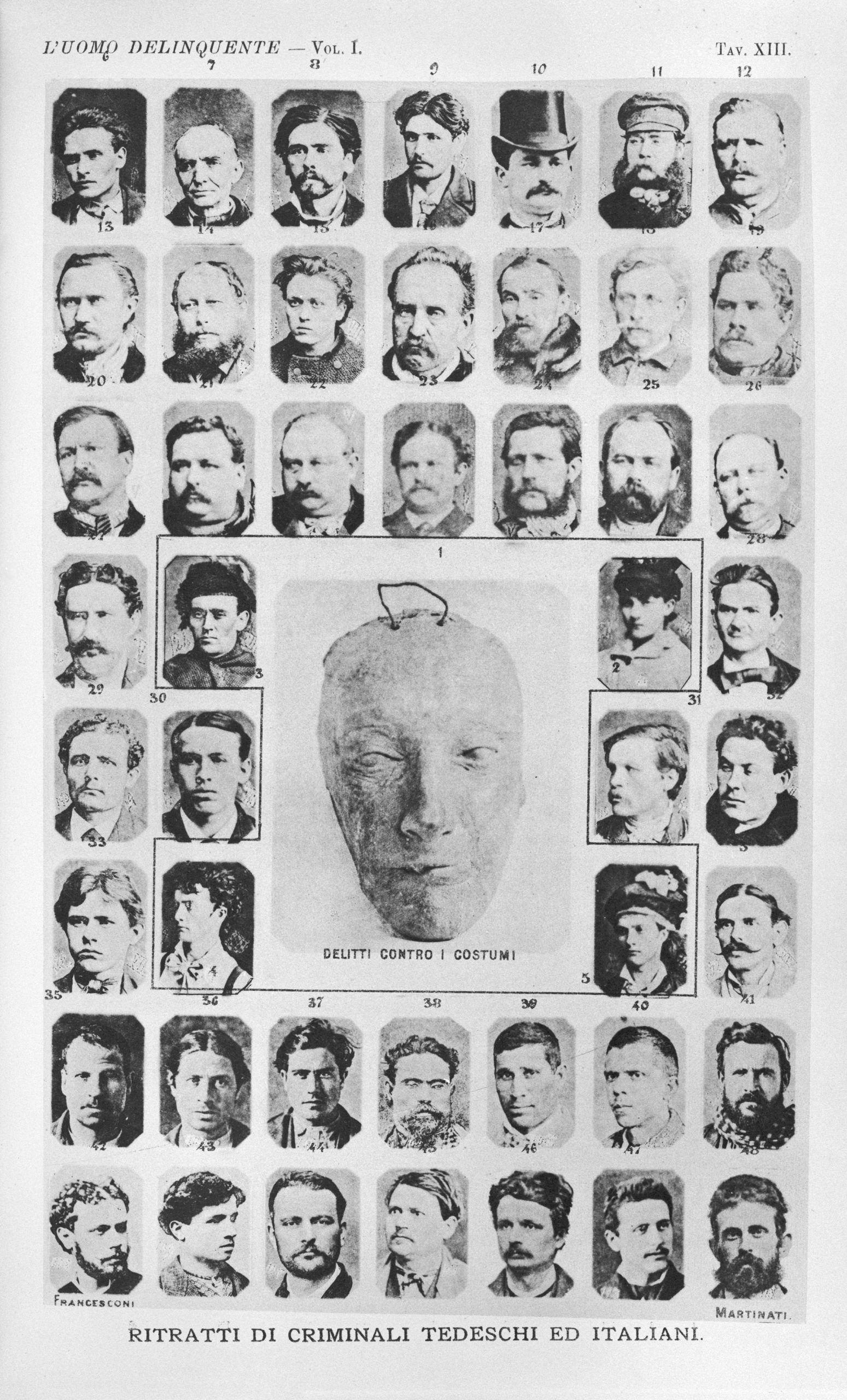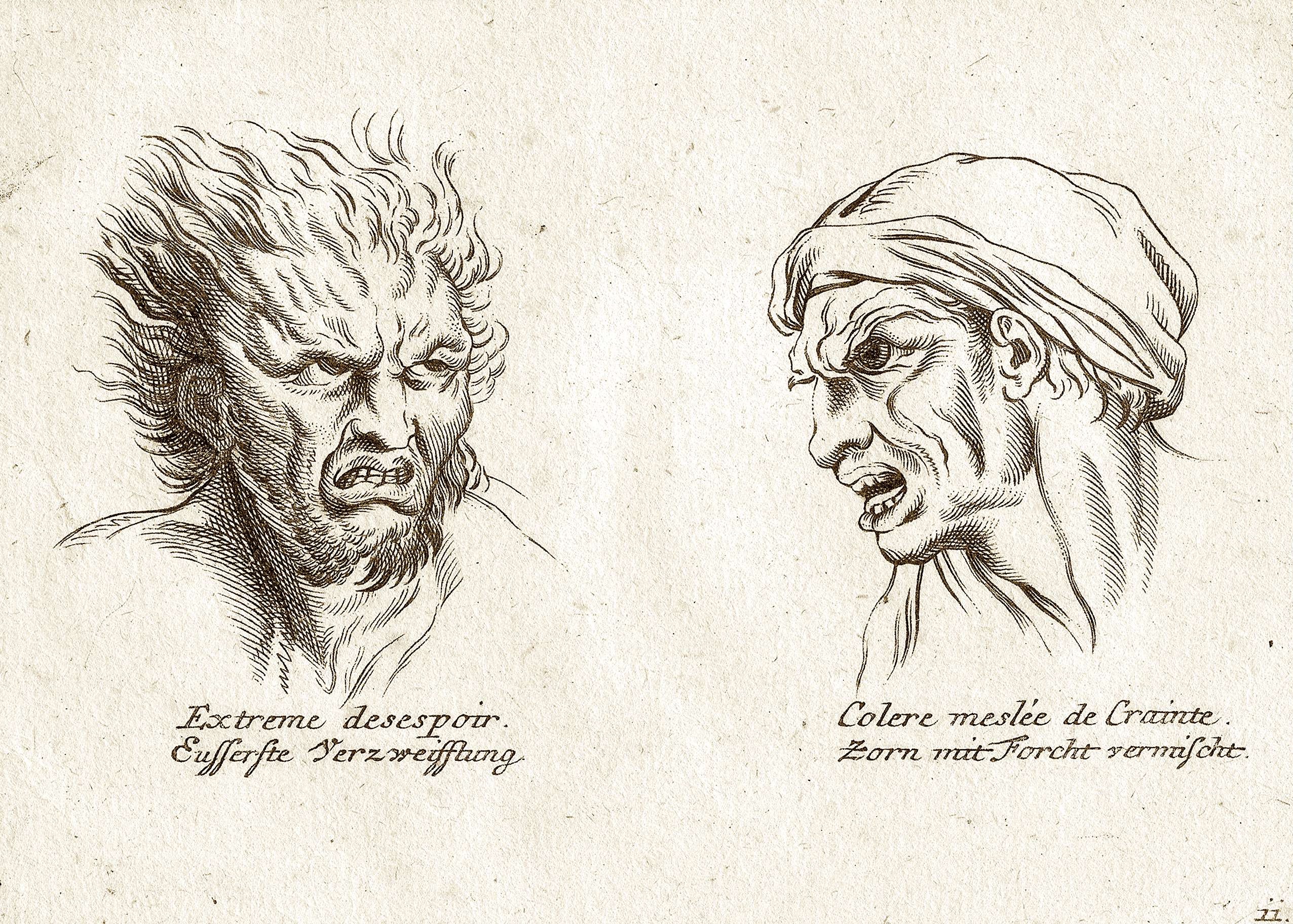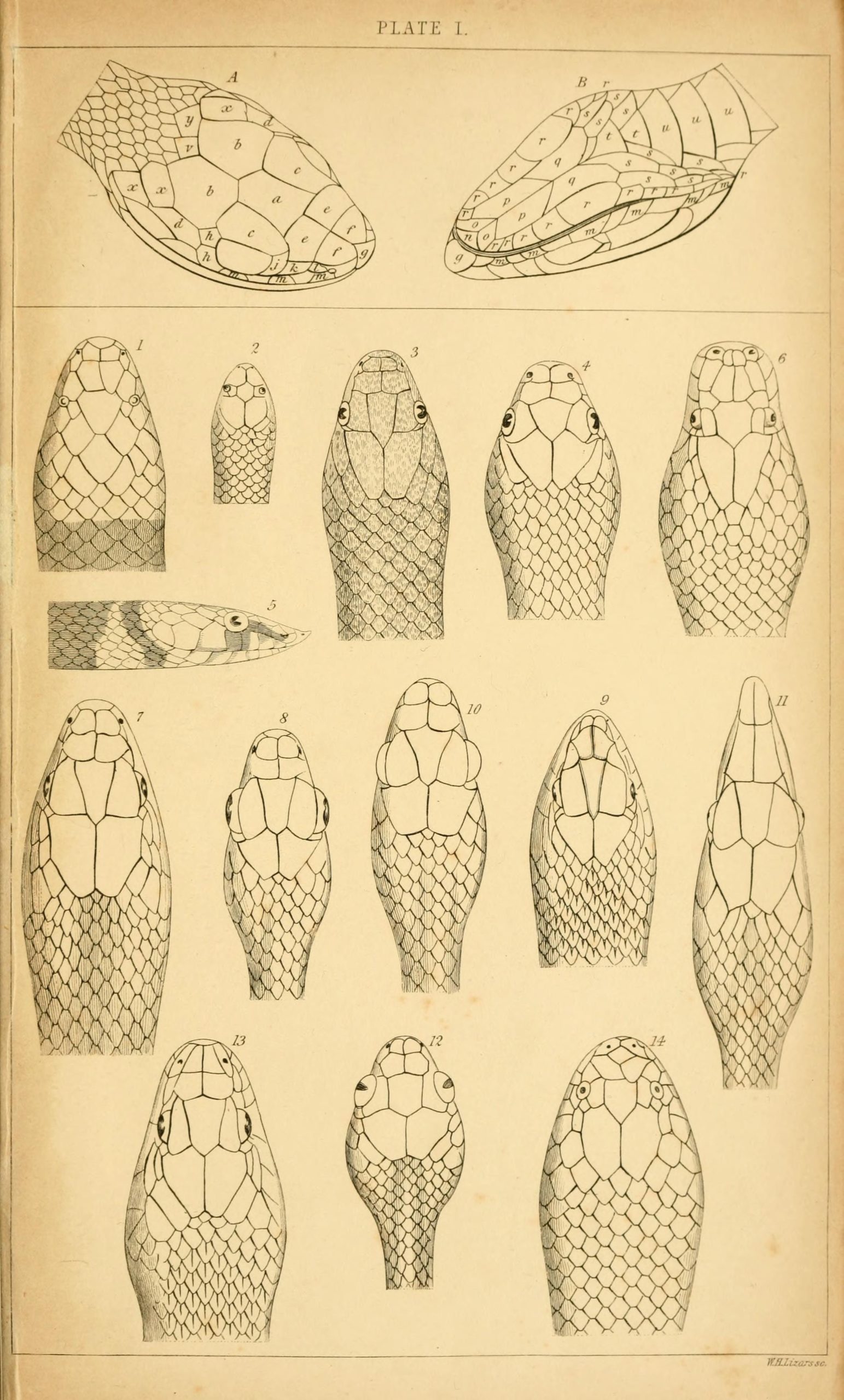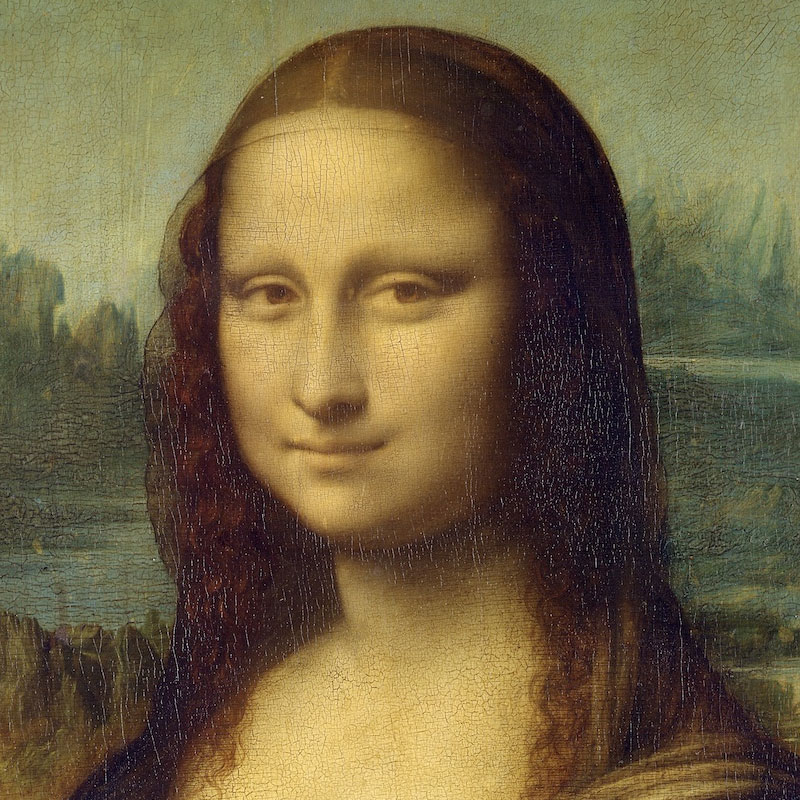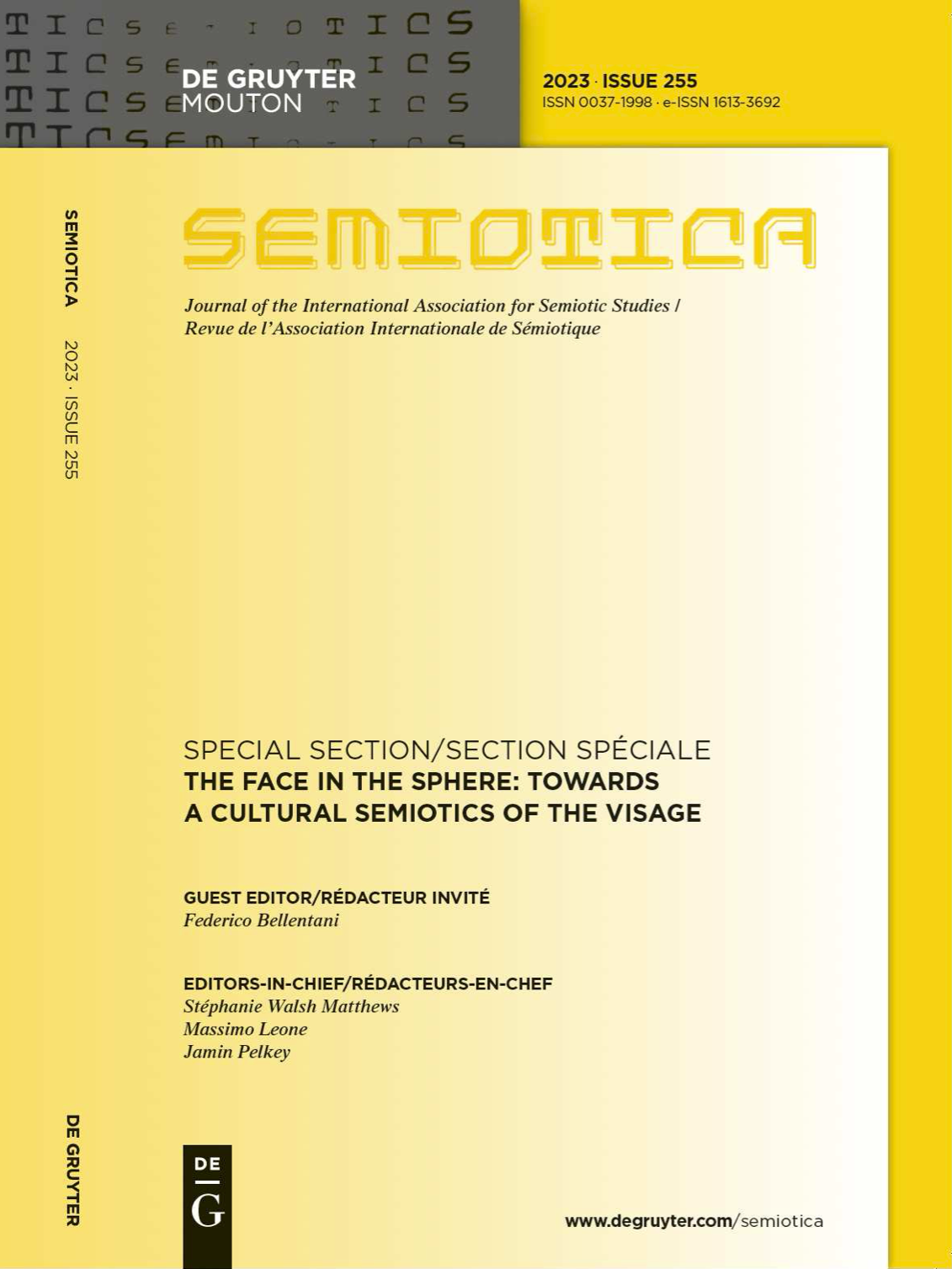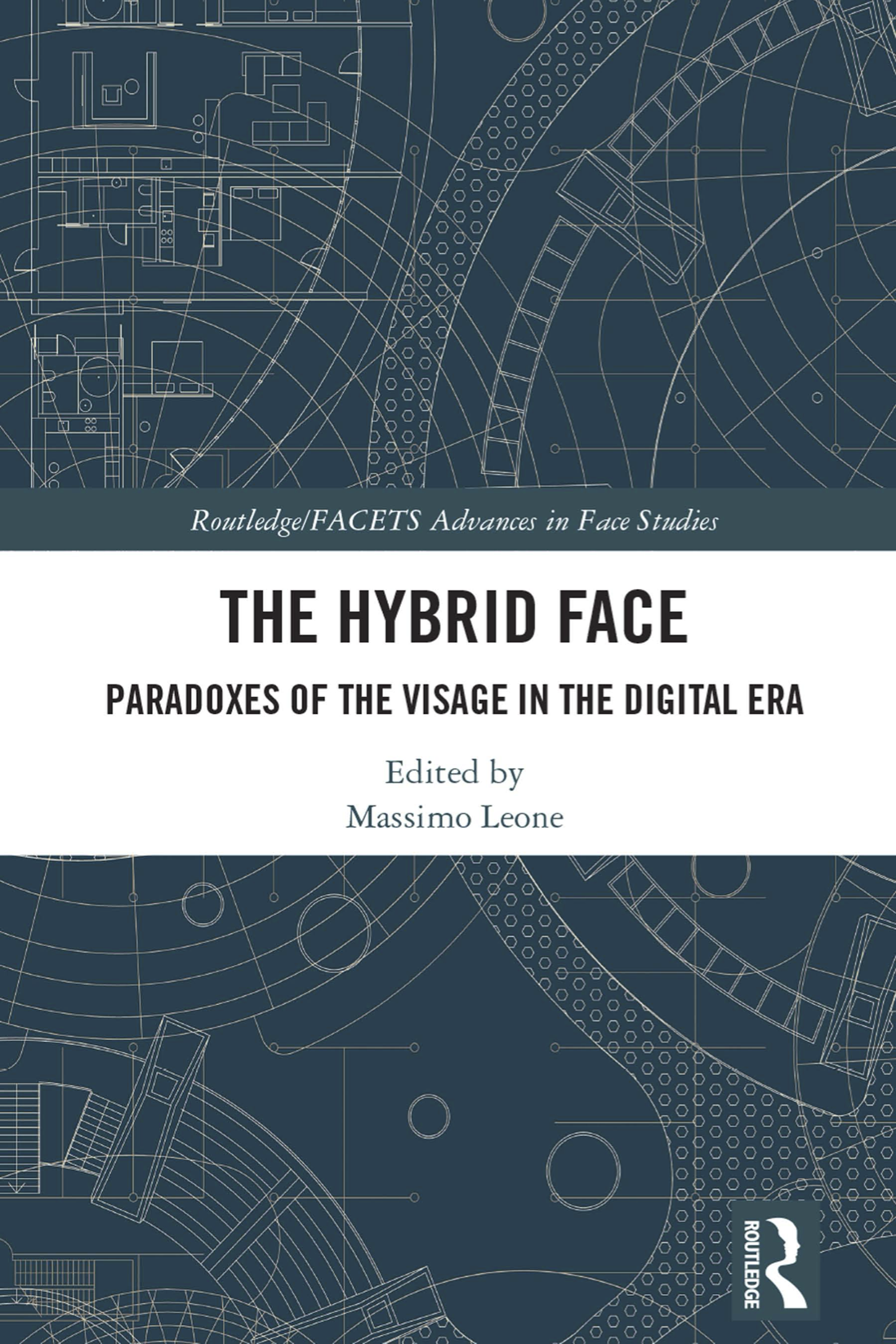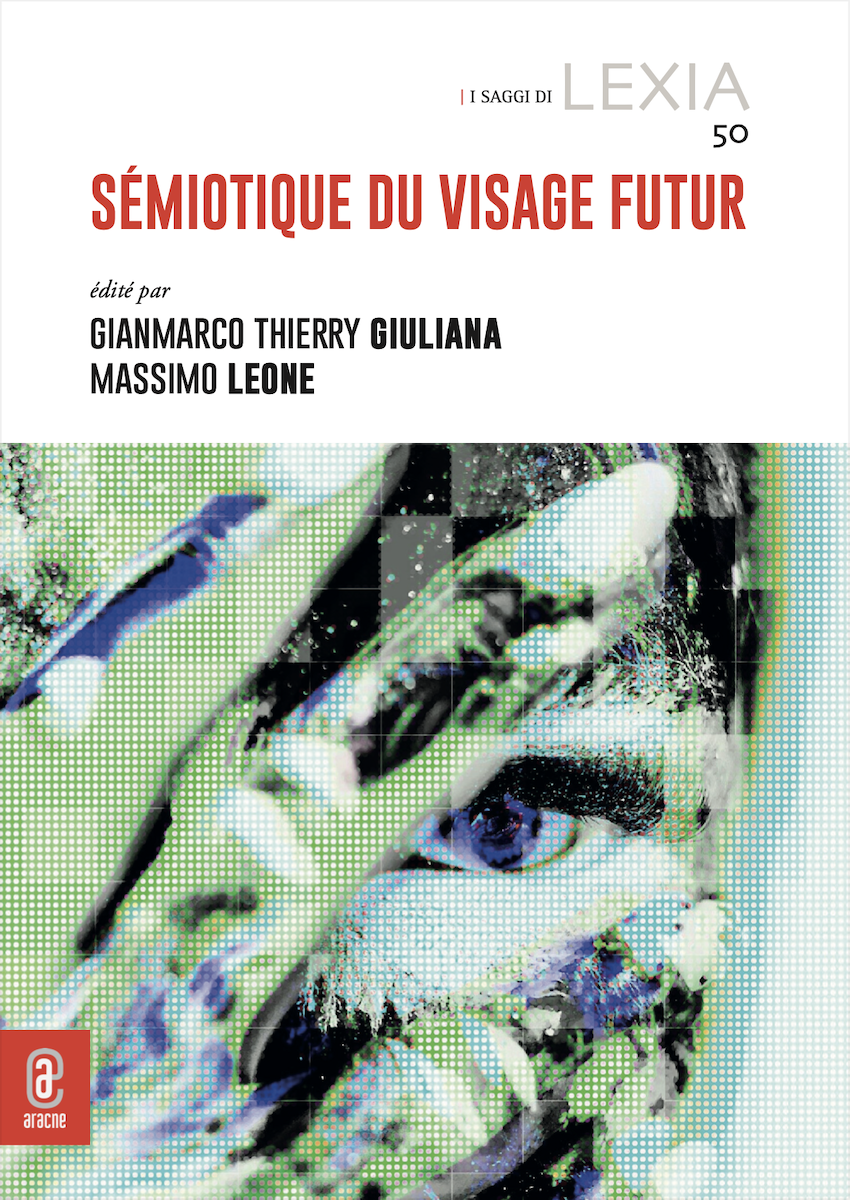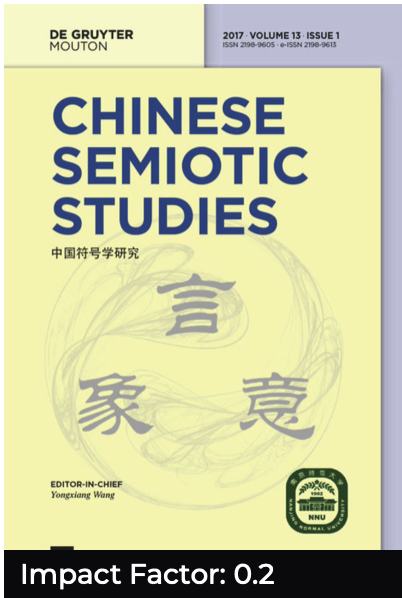FACETS - Face Aesthetics in Contemporary E-Technological Societies
Understanding the Meaning of the Face in the Digital Era
FACETS has two complementary research foci, the widespread practices of face exhibition in social networks like Facebook, Instagram, Snapchat, and Tinder and minority practices of occultation, including the mask in anti-establishment political activism (e.g., Anonymous) and in anti-surveillance artistic provocation (e.g., Leonardo Selvaggio).
Arguably, the meaning of the human face is currently changing on a global scale, through the invention and diffusion of new visual technologies (e.g., digital photography, visual filters, as well as software for automatic face recognition) or through the creation and establishment of novel genres of face representation (e.g., the selfie) and through new approaches to face perception, reading, and memorization (e.g., the ‘scrolling’ of faces on Tinder). Cognitions, emotions, and actions that people attach to the interaction with one’s and others’ faces might soon be undergoing dramatic shifts.
In FACETS, an interdisciplinary but focused approach combines visual history, semiotics, phenomenology, visual anthropology, but also face perception studies and collection, analysis, and social contextualization of big data, so as to study the cultural and technological causes of these changes and their effects in terms of alterations in self-perception and communicative interaction.
In the tension between, on the one hand, political and economic agencies pressing for increasing disclosure, detection, and marketing of the human face (for reasons of security and control, for commercial or bureaucratic purposes) and, on the other hand, the counter-trends of face occultation (writers and artists like Banksy, Ferrante, Sia, or Christopher Sievey / Frank Sidebottom choosing not to reveal their faces), the visual syntax, the semantics, and the pragmatics of the human face are rapidly evolving. FACETS carries on an innovative, cross-disciplinary survey of this phenomenon.
FACETS Big Data Research
FRESCO
Face Representations in E–Societies through Computational Observation
FRESCO, FACETS quantitative line of research, in cooperation with Profs Lia MORRA, Fabrizio LAMBERTI, and their team at Turin Polytechnic University, concentrates on three datasets (in order of priority, depending on resources available): 1) digital images used as account profile pictures in social networks Facebook and Instagram; 2) pre-digital images of faces from art and visual history; 3) artificial facial images generated by GAN (Generative Adversarial Networks). FACETS’ priority is to study datasets of social network profile pictures in order to understand how users represent their identity in the digital world, often through images of their faces, but sometimes also through replacing them with other kinds of images presented as faces (landscapes, VIPs, political symbols, etc.). FACETS does not work with previous datasets but ambitions to build its own throughout the methodology explained in this document. Within the FACETS collection, profile images will be linked to socio-demographic information, such as age, gender, nationality, and so forth. The quantitative analysis of large-scale data will move beyond the pictorial analysis of individual faces to build a dynamic picture in which facial icon-types can be seen in their evolution and mutual interaction with historical events and sociocultural trends. In addition, the collection of socio-demographic information allows to assess the representativeness of the collection and enables the creation of representative and balanced samples through sampling strategies. The collected images will be processed using a combination of existing software tools, as well as new artificial intelligence components developed ad hoc during the project. An overview of the overall process is provided in Figure 1.
FACETS YEAR 01
AVATARS
Artificial Visages in Arts and Technologies: the Agency of Representations in Society
Neurophysiology and cognitive psychology, visual history and digital art, artificial intelligence and plastic surgery constitute the daring cross-disciplinary perimeter of the present research project, carried out in the first year of the ERC Consolidator Grant FACETS: Face Aesthetics in Contemporary E-Technological Societies. Within this perimeter, a specific issue is investigated: the agency of facial images.
The idea of facial images made by a non-human agency is old. On the one hand, human beings are neuro-physiologically inclined to pareidolia, that is, the tendency to see faces in natural environments (tree-trunks and clouds, for instance); on the other hand, ancient sources in many cultures narrate of images of faces prodigiously appearing in stones, gems, landscapes, etc. In religion too, deities are often thought to manifest themselves through miraculous facial images, called “acheiropoietai”. The project will survey this fascinating tradition and compare it with current trends in the creation of “transhuman portraits”: in technology, through generative adversarial networks and in robotics; in medicine, through aesthetic surgery and face transplantation; in the arts, with special attention to the provocative creation of “artificial faces” by contemporary digital artists like Leonardo Selvaggio.
FACETS YEAR 02
SHIFTS
Socio-cultural Habits and Inflections of Faces across Time and Space
Although approaches that study the biology of the face are useful, for they uncover the physiological substratum of the human usage of the face and its ties with similar phenomena in other species, the naturalization of the face must be nuanced through attention to cultural diversity. Faces change across time and space. Old photographs show faces that appear as “antique” today, for ancient is not only the manner of their representation, but also the faces themselves. The appearance of faces, indeed, changes across time, depending on as many factors as nutrition, dentistry, cosmetics, sport, hairstyle fashion, etc. But what people do with their faces, in personal and even more in mediated interactions, changes too. Old photographs evocate ancient faces as well as ancient ways of using them in front of a camera, with old-fashioned poses and facial expressions.
Variability across time intertwines and complicates through variability across space and, therefore, cultures: the traveler spontaneously realizes how different faces appear in the arts, everyday visual cultures, and quotidian interactions in societies around the globe. The phenomenon is striking in particular as these ‘local cultures of the face’ intermingle with global trends in technology, communication, and fashion.
SHIFT is meant to focus on aspects of the cultural variability of the face across time and space.
FACETS YEAR 03
VISAGES
Visage Intelligence Systems from Antiquity to the Genesis of E-Societies
VISAGES focuses on how the human face has become an object for decoding attempts from classical antiquity until the digital era; it contrasts the conceptual genealogy of physiognomy with the features of present-day digital face detection, recognition, and reading; it applies these theoretical and technological insights to the study of how individual faces, institutions, and the market interact in the contemporary digital “iconosphere”, with particular emphasis on the European context.
VISAGES entails four steps. First, it retraces the conceptual genealogy of visage reading, from Aristotelian (pseudo-Aristotle, Polemon, Adamantius, pseudo-Apuleius) through medieval and early modern (Della Porta, Camper, Gall), until modern physiognomy (Lavater, Lombroso). Second, it compares western and non-western traditional attempts at face reading, with particular attention to the Arab and the Chinese cultural context. Third, it focuses on the crucial switch from human to machine face interpretation, investigating the theory and practice of automatic and semi-automatic facial recognition in artificial intelligence so as to explore the present and future of “physiognomic algorithms” in light of the new developments in deep learning. Fourth, it applies the combined efforts of digital humanities to a crucial thematic area: automatic facial recognition at the crossroad of individual rights, societal institutions, and economic interests.
FACETS YEAR 04
VISUS
Visage Innovations in Social Uniformity Systems
FACETS YEAR 05
FUTURE
Facial Understanding: A Technology of Uniqueness for a Responsible Ethics
